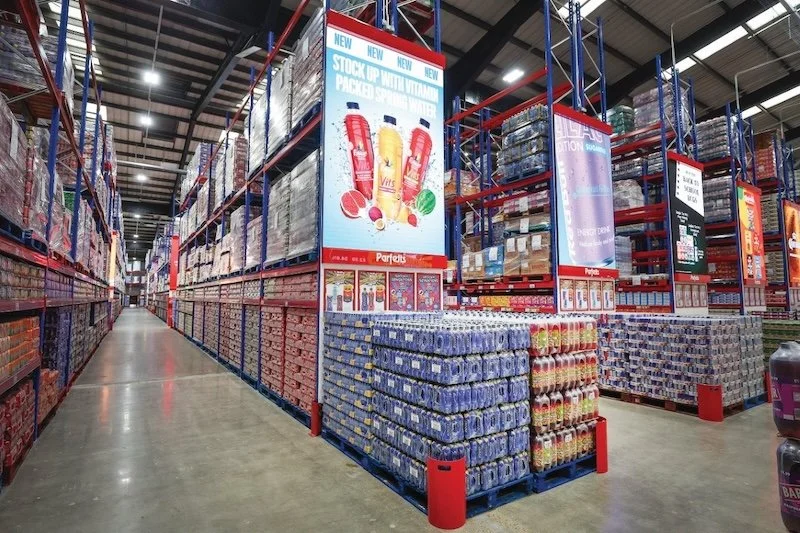Buy now pay later spend to accelerate, fuelled by cost of living crisis
Consumer spending using BNPL (buy now pay later) platforms will reach $437 billion globally in 2027, according to Juniper Research, rising from $112 billion in 2022.
This will be driven by escalating financial pressures from the rising cost of living, increasing the demand for cheap credit solutions.
Juniper Research says that the most significant issue currently facing the BNPL market is the debt trap.
A lack of credit checks poses a considerable market hurdle, as consumers are being approved for larger loans than they are actually able to repay.
However, the introduction of financial regulations in several countries will help alleviate this issue. These new regulations are similar in nature to existing credit services.
In markets where regulations are softer, it is still vital that vendors act responsibly and clearly communicate all incurred debts promptly to users, to help minimise repayment default rates.
Juniper Research’s Dominique Tetnowski says: “Though the future of the market seems unclear given the plethora of impending regulatory changes, enforcing legislation for eligibility checks will ensure the market develops securely.”
Expansion into new verticals needed
BNPL vendors must look to provide services in alternative verticals to diversify their monetisation opportunities, as e-commerce becomes oversaturated with solutions.
Juniper Research identifies the healthcare sector as an emerging opportunity for vendors, owing to a lower risk of defaulting payments from overspending in comparison to the e-commerce market.
As such, vendors must look to make strategic partnerships with established healthcare providers to offer BNPL services to healthcare users.















Continue reading…